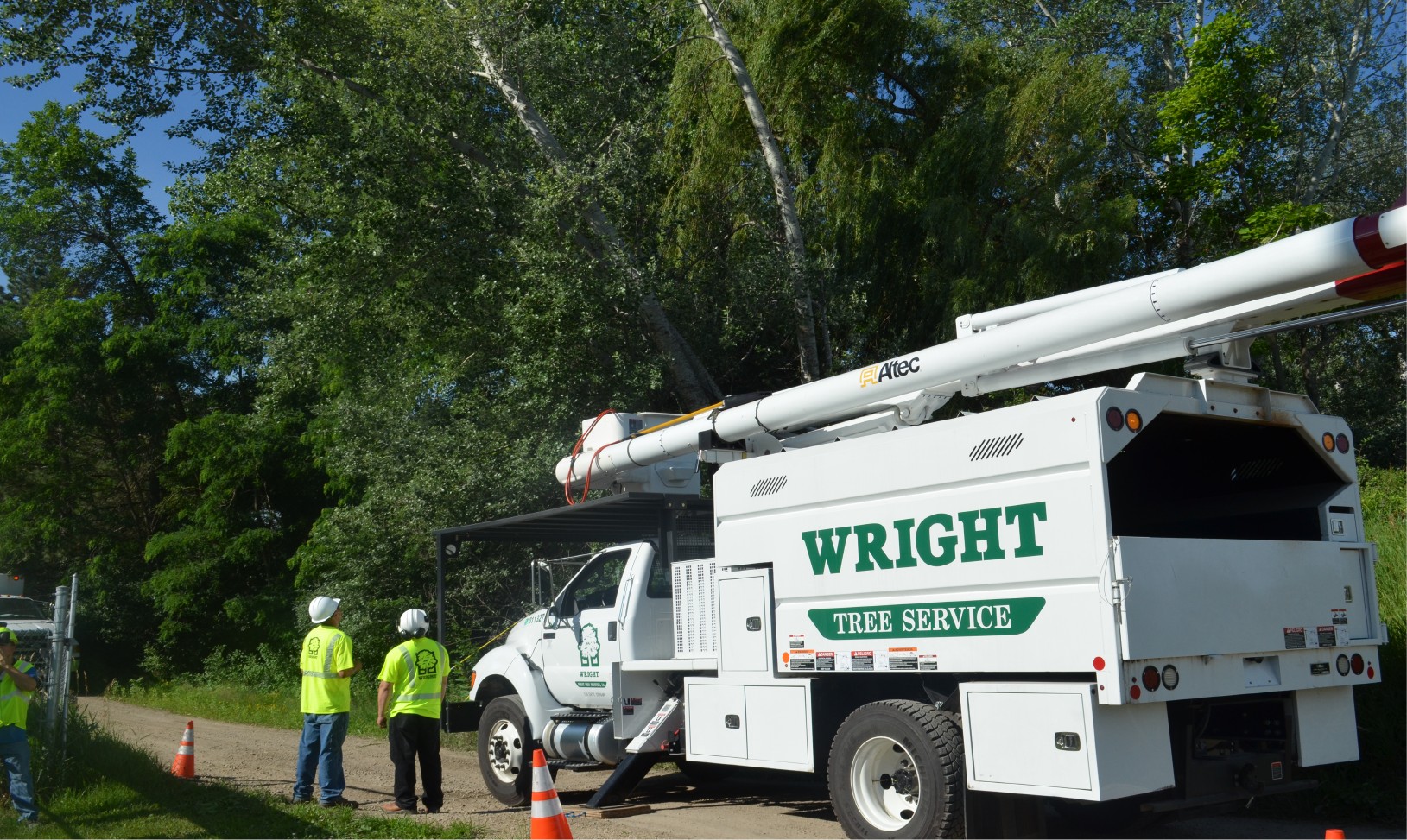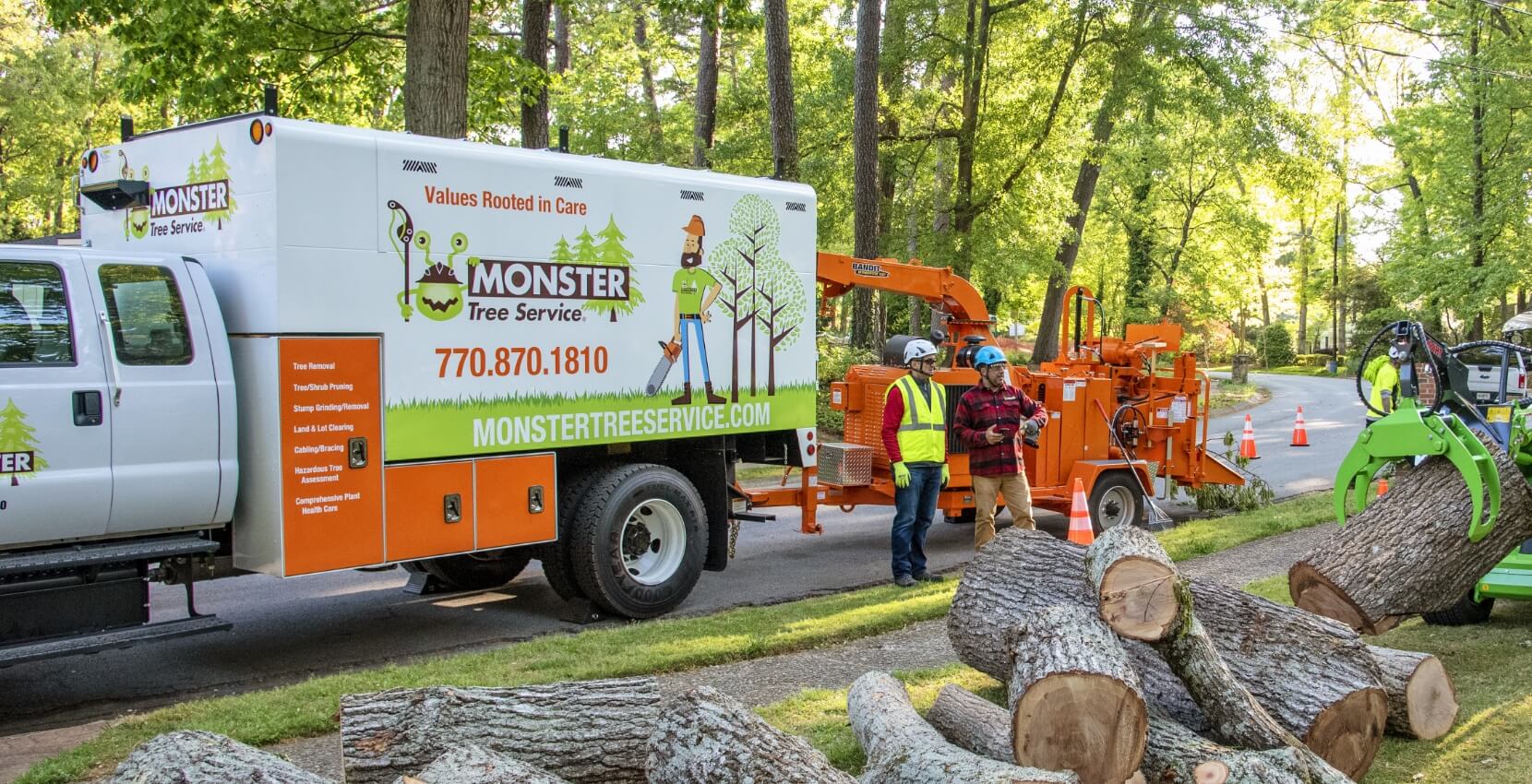Comprehending the Importance of Tree Preservation and Preservation Practices in Urban Areas
In the dynamic landscape of city environments, trees frequently stand as quiet guardians, providing a multitude of advantages that expand far beyond their aesthetic appeal. Comprehending the importance of tree preservation and preservation techniques in these locations is not merely an all natural approach however an environmental consideration to promoting sustainable and resistant areas. As we check out the interwoven textile of ecological, social, and economic benefits that urban trees offer, it becomes apparent that their preservation is crucial for the wellness of future and existing generations. Allow us start a trip to discover the crucial role that trees play fit the urban landscapes of tomorrow.
Ecological Advantages of Trees in Cities
Trees in urban areas play a critical role in offering numerous environmental advantages, adding to the total health of city dwellers. This process helps minimize the focus of dangerous gases, making the air cleaner and much healthier for citizens.

Moreover, trees add to water administration by lowering stormwater overflow and dirt erosion. Generally, the ecological benefits of trees in cities are important for producing sustainable and comfortable urban atmospheres.
Social Value of Urban Tree Preservation
In modern metropolitan landscapes, the conservation of trees holds significant social importance for promoting community well-being and improving lifestyle. Urban tree conservation plays a vital function in producing spaces for social communication and area engagement. Trees provide gathering areas for individuals, such as parks and environment-friendly locations, where areas can integrate for leisure activities, gatherings, and leisurely strolls. The presence of trees in urban settings has actually been connected to minimized levels of tension, enhanced mental wellness, and increased feelings of wellness among residents. In addition, trees add to the appearances of areas, developing visually appealing surroundings that enhance the total livability of city locations.

Economic Value of Tree Preservation
The preservation and preservation of metropolitan trees offer considerable financial advantages that add to the overall monetary well-being of cities and communities. Urban trees give a wide variety of economic benefits that favorably affect neighborhood economic situations. One significant economic advantage of tree conservation is the boost in residential property worths. Trees enhance the aesthetic allure of neighborhoods, bring about higher home values and drawing in possible customers or occupants. Moreover, metropolitan trees aid reduce energy expenses by giving shade in the summertime and acting as windbreaks in the winter season, therefore lowering the demand for heating and cooling systems.
In addition, trees play a crucial function in reducing stormwater drainage and alleviating the results of flooding, which can cause expense financial savings for cities in terms of infrastructure maintenance and repair work. Urban trees also contribute to boosted air quality by launching and taking in contaminants oxygen, resulting in potential savings in medical care expenses related to breathing diseases. By investing and recognizing in the financial value of tree preservation, cities can promote lasting growth, improve quality of life, and develop more resistant city atmospheres.
Methods for Sustainable Urban Tree Monitoring
A thorough technique to sustainable city tree monitoring involves incorporating diverse approaches that focus on long-lasting environmental wellness and community well-being. Carrying out tree inventories and evaluations is essential to recognize city tree populaces, their health, and upkeep demands. Routine trimming, watering, and mulching are essential techniques to make sure tree vigor. Furthermore, taking on tree growing programs that focus on native and climate-resilient species can improve city biodiversity and sustainability.
Neighborhood engagement plays a pivotal function in lasting city tree administration. Educating locals regarding the advantages of trees, arranging tree planting occasions, and involving volunteers in tree care activities cultivates a sense of ownership and stewardship. Collaboration between local federal government, environmental organizations, and residents is key to developing and implementing efficient tree administration plans.
Purchasing eco-friendly infrastructure, such as green roofing systems and urban forests, can supply several benefits, consisting of enhanced air quality, stormwater management, and city heat island mitigation. Tree service guilford ct. Incorporating trees into urban preparation and style procedures makes sure that trees are valued as crucial elements of a durable and healthy city atmosphere
Neighborhood Participation in Tree Conservation
Area participation is a basic component in promoting sustainable city tree management techniques and guaranteeing the long-term health and wellness and preservation of urban tree populations. Involving the community in tree conservation campaigns can result in raised recognition, gratitude, and stewardship of trees within city areas. When residents actively participate in tree maintenance, conservation, and planting efforts, they moved here establish a feeling of ownership and pride in their regional environment.
Neighborhood participation additionally promotes social cohesion and partnership among homeowners, neighborhood authorities, and ecological organizations, fostering a common obligation for metropolitan tree conservation. By arranging tree growing occasions, academic workshops, and volunteer opportunities, areas can function together to enhance the city tree cover and create greener, much healthier cities.
Final Thought
To conclude, metropolitan tree preservation image source and conservation methods play a vital duty in improving the environmental, social, and financial wellness of cities. By acknowledging the worth of trees in urban locations and implementing sustainable administration strategies, areas can enjoy the countless benefits that trees offer. It is vital for stakeholders to proactively take part in tree conservation initiatives to guarantee a greener and much healthier metropolitan setting for present and future generations.
